The night sky has captivated humanity since the dawn of civilization, and modern astronomical observation continues to reveal wonders that both humble and inspire. Across the globe, professional observatories and amateur stargazers alike turn their eyes and instruments upward, uncovering secrets about our universe that push the boundaries of human understanding.
Recent breakthroughs in exoplanet discovery have revolutionized our understanding of planetary systems beyond our own. The James Webb Space Telescope, operational since 2022, has provided unprecedented detail about atmospheric compositions of distant worlds. Scientists recently confirmed the presence of water vapor and potential organic molecules in the atmosphere of K2-18b, a super-Earth orbiting within the habitable zone of its red dwarf star. This remarkable finding suggests that the conditions for life may be more common in the universe than previously imagined.
Ground-based observatories continue to play a vital role in astronomical research despite the advantages of space telescopes. The Extremely Large Telescope (ELT), currently under construction in Chile's Atacama Desert, promises to transform ground-based observation when it becomes operational later this decade. With its 39-meter primary mirror, the ELT will collect more light than all of the existing 8-10 meter class telescopes combined. This technological marvel will enable direct imaging of exoplanets and detailed study of the first galaxies that formed after the Big Bang.
Citizen science initiatives have become increasingly important in astronomical research, with projects like the Zooniverse platform allowing amateur astronomers to contribute meaningfully to discoveries. Last year, volunteers helped identify dozens of previously unknown asteroids and several unusual variable stars through these collaborative efforts. The democratization of astronomical research through such programs has not only accelerated discoveries but also fostered greater public engagement with science.
The study of transient cosmic phenomena remains one of the most dynamic areas of astronomical observation. Gamma-ray bursts, supernovae, and other violent celestial events provide crucial insights into the life cycles of stars and the formation of heavy elements. Recent observations of a kilonova - the spectacular collision of two neutron stars - yielded valuable data about the creation of gold and platinum in the universe. Such events also serve as important tests for Einstein's theory of general relativity under extreme conditions.
Advancements in radio astronomy have opened new windows into understanding the cosmos. The Event Horizon Telescope collaboration, which produced the first image of a black hole in 2019, continues to refine its techniques. Their recent observations of the supermassive black hole at the center of our galaxy have revealed unexpected fluctuations in its accretion disk, challenging existing models of black hole behavior. Meanwhile, new radio telescope arrays coming online in Australia and South Africa promise to map the universe in radio wavelengths with unprecedented resolution.
The intersection of astronomy and computing has led to remarkable progress in data analysis techniques. Machine learning algorithms now routinely process the enormous datasets generated by modern telescopes, identifying patterns and anomalies that might escape human notice. These tools recently helped astronomers discover a previously unknown class of "ultra-fast radio bursts" that last only microseconds but release as much energy as the Sun does in a day. As telescope capabilities continue to grow, such computational approaches will become increasingly essential.
Cosmological observations continue to refine our understanding of the universe's composition and evolution. Precise measurements of the cosmic microwave background by instruments like the Atacama Cosmology Telescope have provided the most detailed picture yet of the early universe. These observations confirm that ordinary matter makes up only about 5% of the universe's total content, with dark matter and dark energy constituting the remainder. The nature of these mysterious components remains one of the greatest puzzles in modern physics.
Planetary astronomy within our solar system has seen significant advances through both spacecraft missions and Earth-based observations. The recent opposition of Mars allowed astronomers to study dust storms and seasonal changes on the Red Planet in exceptional detail. Meanwhile, observations of Jupiter's moon Europa have strengthened the case for a liquid water ocean beneath its icy crust, making it one of the most promising locations in our solar system to search for extraterrestrial life.
As astronomical instrumentation becomes more sophisticated, researchers are pushing the boundaries of what can be observed. The detection of gravitational waves from merging black holes has opened an entirely new way to study the universe. Upcoming space-based gravitational wave observatories will extend this capability to detect mergers of supermassive black holes, potentially revolutionizing our understanding of galaxy formation and evolution.
The future of astronomical observation appears brighter than ever, with new technologies and international collaborations promising to reveal even more profound insights about our universe. From the search for extraterrestrial life to the fundamental nature of space and time, astronomy continues to challenge our perceptions and expand our cosmic perspective. As we peer deeper into the cosmos, each new discovery reminds us of both our insignificance in the vastness of space and the remarkable capacity of the human mind to comprehend it.
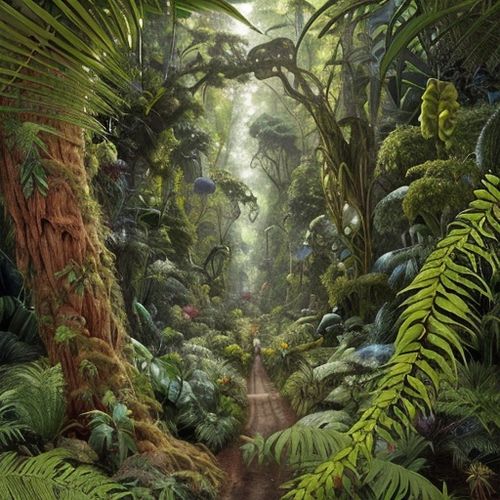
By George Bailey/Apr 28, 2025
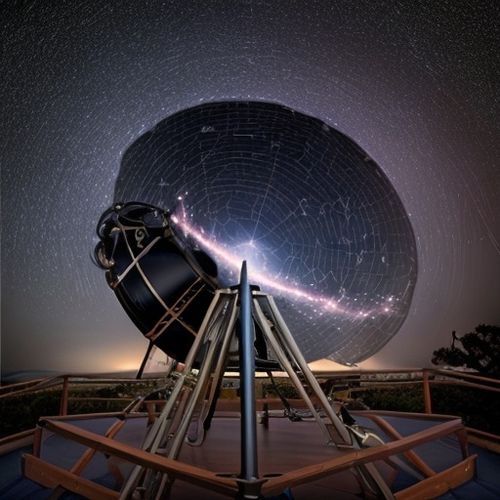
By Lily Simpson/Apr 28, 2025

By Grace Cox/Apr 28, 2025
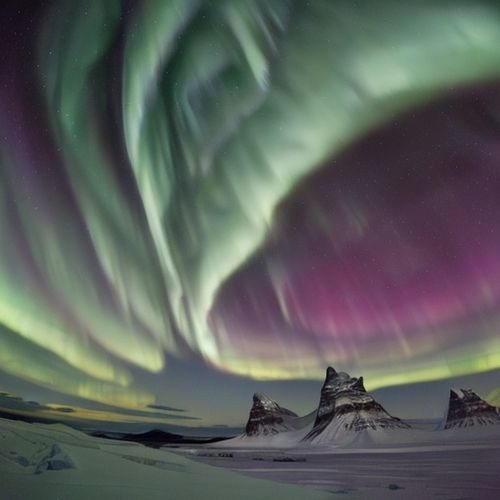
By David Anderson/Apr 28, 2025
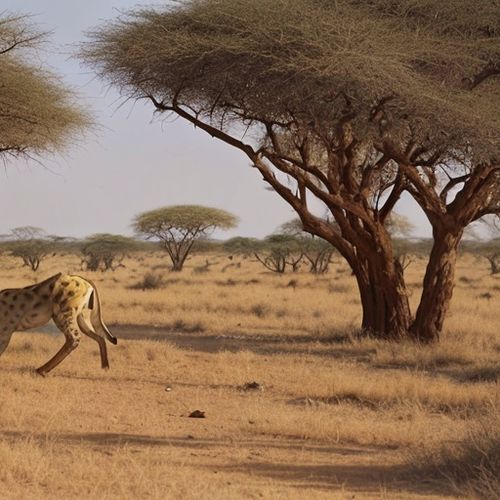
By Megan Clark/Apr 28, 2025

By Natalie Campbell/Apr 28, 2025
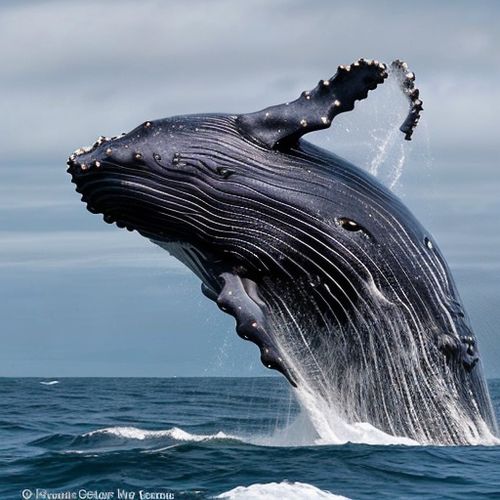
By Olivia Reed/Apr 28, 2025
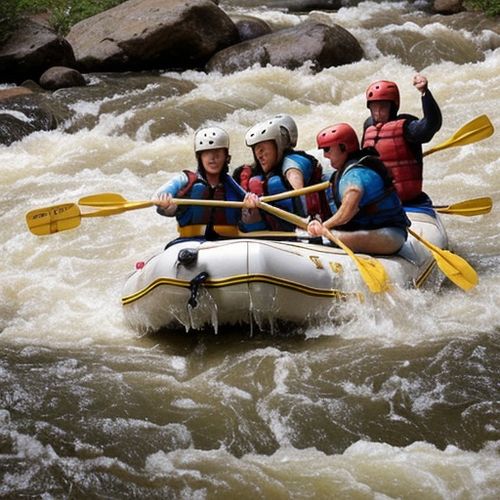
By Rebecca Stewart/Apr 28, 2025

By Eric Ward/Apr 28, 2025

By Grace Cox/Apr 28, 2025
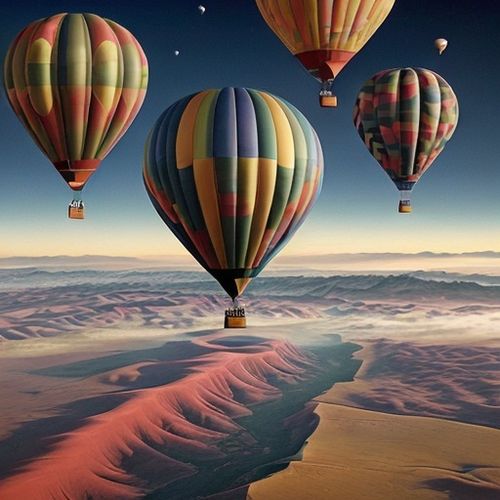
By Noah Bell/Apr 28, 2025

By George Bailey/Apr 28, 2025

By Michael Brown/Apr 28, 2025
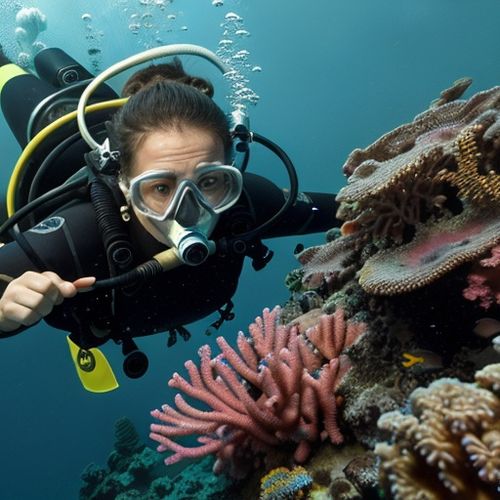
By Samuel Cooper/Apr 28, 2025

By Laura Wilson/Apr 28, 2025

By David Anderson/Apr 28, 2025

By Noah Bell/Apr 28, 2025

By Benjamin Evans/Apr 28, 2025

By Megan Clark/Apr 28, 2025

By Noah Bell/Apr 28, 2025